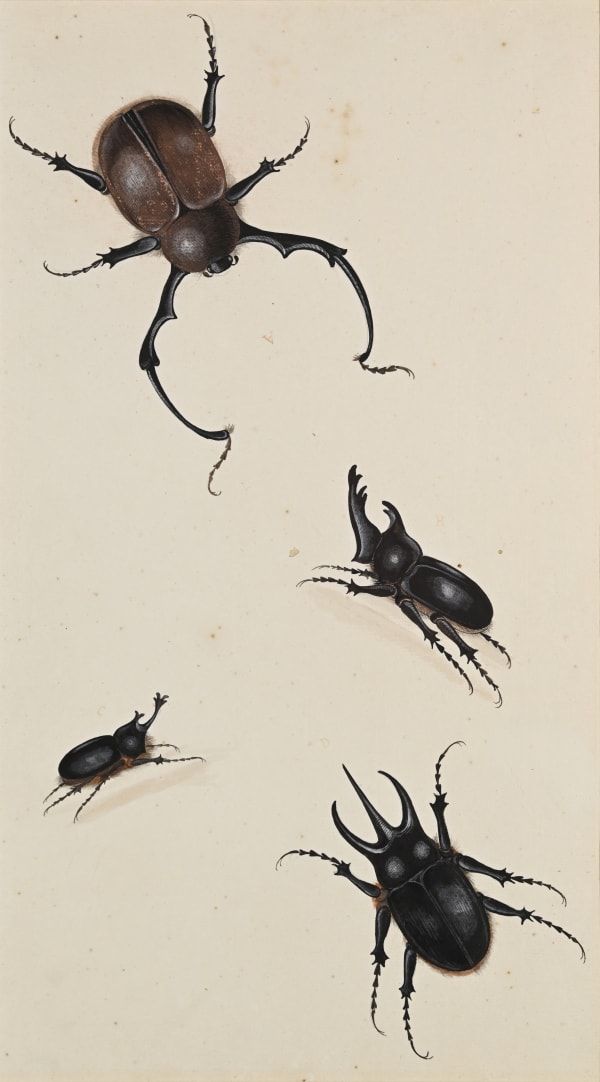Nicolaas Struyck (Amsterdam 1686 - 1769)
Nicolaas Struyck, who was born in Amsterdam in 1686 and who would spend most of his life there, was what some today would call a ‘uomo universale’ or universal man. Known in the Amsterdam poorterboeken as a ‘matthesius’ or mathematician, Struyck was a colourful character who wrote some of the earliest treatises on game theory, besides dabbling in the stock market and being the first to accurately calculate the life expectancy of men and women. In recognition of his scientific work he was made a fellow of the Royal Society of London.
In the eighteenth century, curiosity cabinets often contained exotic flora and fauna; from the late seventeenth century onwards, more and more Dutch artists took to studying these fascinating specimens. In those days, there was not yet a strict divide between art and science. As such, it is not surprising that Struyck also made several studies of insects and butterflies, probably for his own enjoyment, although they could also have been intended as illustrations for a treatise on nature.
This big sheet is a fine example of one of these studies; the artist first delineated the outline of the butterflies – some of the graphite lines are still visible – before colouring the whole. The Getty Museum (Los Angeles) recently purchased another drawing by his hand with the exact same dimensions, indicating they both originated from the same album which once bore a title-page inscribed: VERTOONING der INLANSCHE INSECTEN Ao 1715. N:Struijk.
Provenance
Private collection, The Netherlands.
- X
- Tumblr

